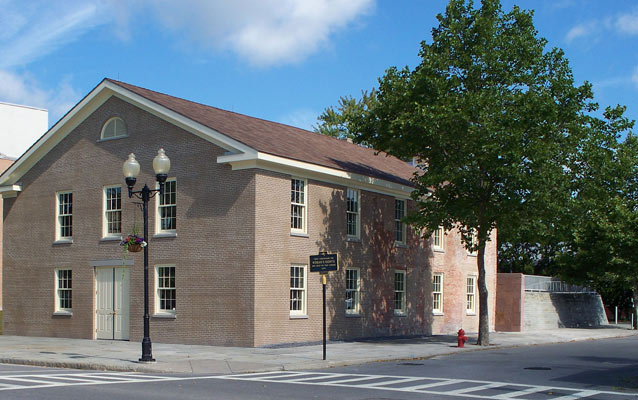Last updated: July 28, 2017
Place
Women's Rights National Historical Park

NPS
Many people who actively supported women’s rights supported the abolition of slavery. Several participants in the 1848 First Women’s Rights Convection in Seneca Falls, New York had already labored in the antislavery movement. The organizers and their families, the Motts, Wrights, Stantons, M’Clintocks, and Hunts, were active abolitionists to a greater or lesser degree. Frederick Douglass, noted abolitionist and former slave, attended and addressed the 1848 convention.
Arguments for women’s rights came from experiences in the antislavery movement. As reformers, women developed organizational skills necessary for a successful social movement. They learned townie persuasively, raise funds, organize supporters and events, and to speak to large groups of men and women about important social and political issues. In the service of antislavery, many women found their voice.
At the 1848 First Women’s Rights Convention, the Declaration of Sentiments, drafted by Elizabeth Cady Stanton and Elizabeth and Mary M’Clintock, was read and signed by 100 men and women. Claiming that “all men and women are created equal,” the signers called for extending to women the right to vote, control property, sign legal documents, serve on juries, and enjoy equal access to education and the professions.
Today at Women’s Rights National Historical Park, the connection between the organizers of the 1848 convention and anti-slavery movement is incorporated into interpretive programs. The M’Clinock House in nearby Waterloo, a site on the Underground Railroad, offers a unique opportunity to learn about the relationship between these two reform movements of the 19th century.
